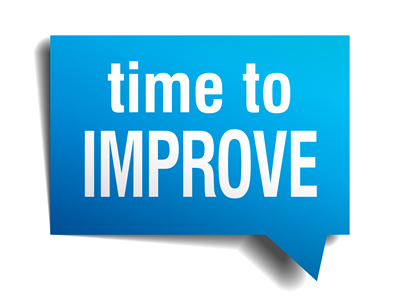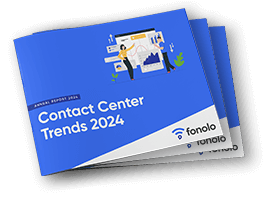 If you work in a call center, you know what a challenging environment it really is. Managers are constantly being asked to do “more with less”, while facing increasing call volumes. Meanwhile, there’s tremendous pressure on agents to meet and exceed target metrics – in an extremely high-stress environment. These factors often contribute to an understaffed and overworked call center, which results in long hold times, high call abandonment rates, and a poor customer experience.
If you work in a call center, you know what a challenging environment it really is. Managers are constantly being asked to do “more with less”, while facing increasing call volumes. Meanwhile, there’s tremendous pressure on agents to meet and exceed target metrics – in an extremely high-stress environment. These factors often contribute to an understaffed and overworked call center, which results in long hold times, high call abandonment rates, and a poor customer experience.
In an environment like this, it’s hard to make the case to spend additional dollars to improve operational efficiency or, for that matter, morale. But as a call center employee, you can make a very powerful case to your boss that offering a call-back option (and thus eliminating hold time) can do just that. So here’s how to convince your boss that your call center needs call-backs.
1. Tell them that call-backs reduce abandon rates.
Call-backs allow people to keep their place in line, without having to be on the phone. That means they’re much less likely to abandon the call. (Not only does this help the call center improve its target metrics, it also improves the experience you offer callers.)
A study from ContactBabel found that 32% of contact centers saw a reduction in abandon rates after introducing call-backs. At Fonolo, we’ve seen it multiple times, including with Technology Credit Union – who experienced a 37% decrease in abandoned calls, and also with Bright Horizons – who saw a 33% reduction.
2. Show them how call-backs improve call center efficiency.
By improving the calling experience – that is, by freeing customers from the pain of hold time – several things happen. Firstly, call-backs improve First Call Resolution (FCR) rates, leading to more efficient use of agent time and improved caller satisfaction (meaning fewer repeat calls from the same customers).
Secondly, call-backs lower average handle times (AHT). Quite simply, calls are shorter when customers are less annoyed, resulting in greater agent efficiency for the call center.
Finally, call-backs allow companies to smooth call volumes at peak times by deferring calls until volumes are more manageable (i.e. when the call center has extra agent capacity). Rather than hiring additional agents for peak periods (at considerable cost), this allows companies to make greater use of existing resources. (Tell your boss that this is exactly how you do “more with less”.)
3. Teach them that call-backs improve agent morale.
Call-backs not only improve the customer experience, they also improve the agent experience, something every call center (and their HR department) should be concerned about.
At Fonolo, we’ve found that agents love the call-back option. It means that calls are shorter and more pleasant when every conversation can start on a positive note – in this case, the customer receiving a call with an agent already on the line, ready to help them – rather than having to field complaints about long hold times. Put more succinctly, happier callers = happier agents.
When employees are engaged, they’re both more productive and less likely to leave, resulting in increased efficiencies for employers.

Discover the Contact Center Trends That Matter in 2024
Dig into industry trends and discover the changes that matter to your business in the year ahead.